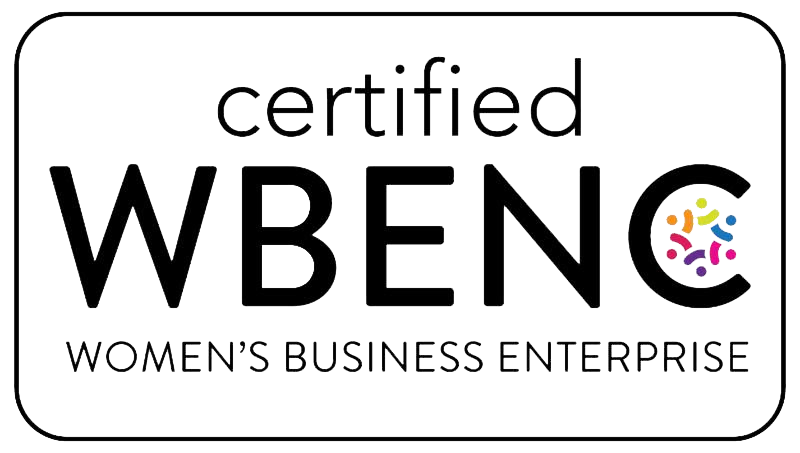From Compliance to Culture – Embedding Inclusion into Daily Work
“We did the training. But nothing changed.”
That was the feedback one department head shared with us during a recent discovery meeting. Their organization had rolled out a required DEI course to all staff. Everyone completed it. The boxes were checked. But weeks later, in team meetings, the same dynamics persisted: a few voices dominated. Junior staff stayed silent. One employee quietly confided that they still didn’t feel like they belonged.
That moment captured a truth we’ve seen time and again: Inclusion isn’t something you mandate. It’s something you model.
At MYCA, we work with organizations to move past performative efforts and toward meaningful cultural shifts. Here’s how you can embed inclusion into the daily rhythm of your workplaceand build a culture where everyone can thrive.
Inclusion Starts on Day One
The first days on the job are a critical moment to signal belonging. That’s why inclusive practices should begin with onboarding.
Examples include:
- A welcome video featuring diverse team voices
- Accessibility-friendly training materials
- Assigning new hires a peer buddy
- Sharing clear expectations for respectful communication
These aren’t just nice touches, they communicate that your organization values each individual, right from the start.
Inclusive Leadership Is Everyday Leadership
Leaders set the tone for team culture more than any policy can. Inclusion becomes real when it’s demonstrated daily in leadership actions.
Inclusive leaders:
- Ask for and value different perspectives
- Create space in meetings for quieter or newer team members
- Address exclusionary behavior constructively
- Normalize flexibility and support individual needs
This approach builds trust and loyalty and it strengthens teams.
Make Meetings More Inclusive
Meetings are where workplace culture plays out in real time. Here are a few ways to make them more inclusive:
- Rotate who leads or facilitates
- Send agendas in advance and check for understanding
- Use icebreakers or check-ins that invite all voices
- Avoid “default to in-person” bias in hybrid settings
These changes are small but powerful. They help shift team culture from performative to participatory.
Avoiding Checkbox Training
Online modules and workshops are important but they’re only the beginning. When training is treated as the end goal, it loses impact.
To move beyond compliance:
- Tie training topics to your real-world challenges and goals
- Reinforce lessons in team huddles, 1:1s, and leadership coaching
- Gather feedback and adjust course as your culture evolves
Remember: training builds awareness, but culture shapes behavior.
Building Culture, One Habit at a Time
The real measure of inclusion isn’t in a slide deck, it’s in how people feel when they show up to work each day. When employees see inclusion in action through leadership, systems, and everyday behaviors, it creates trust, retention, and engagement that no mandate can replicate.


